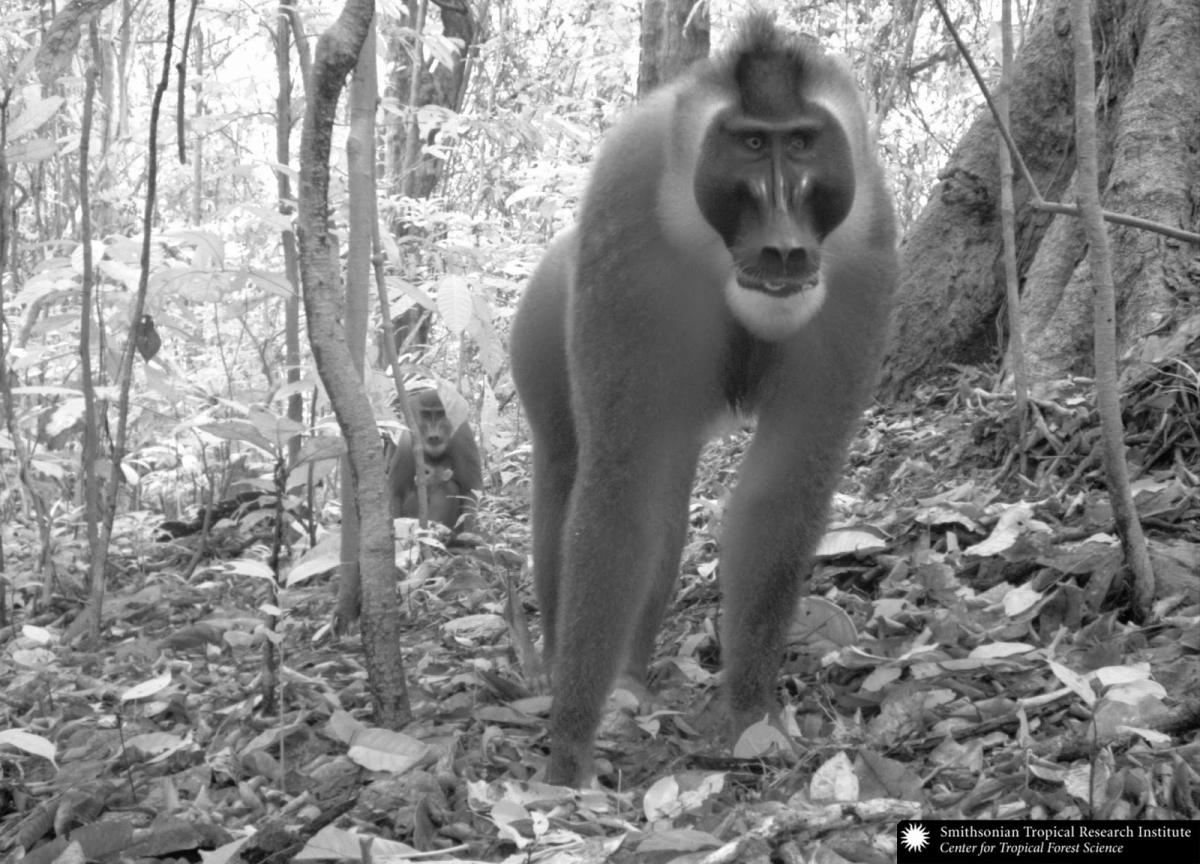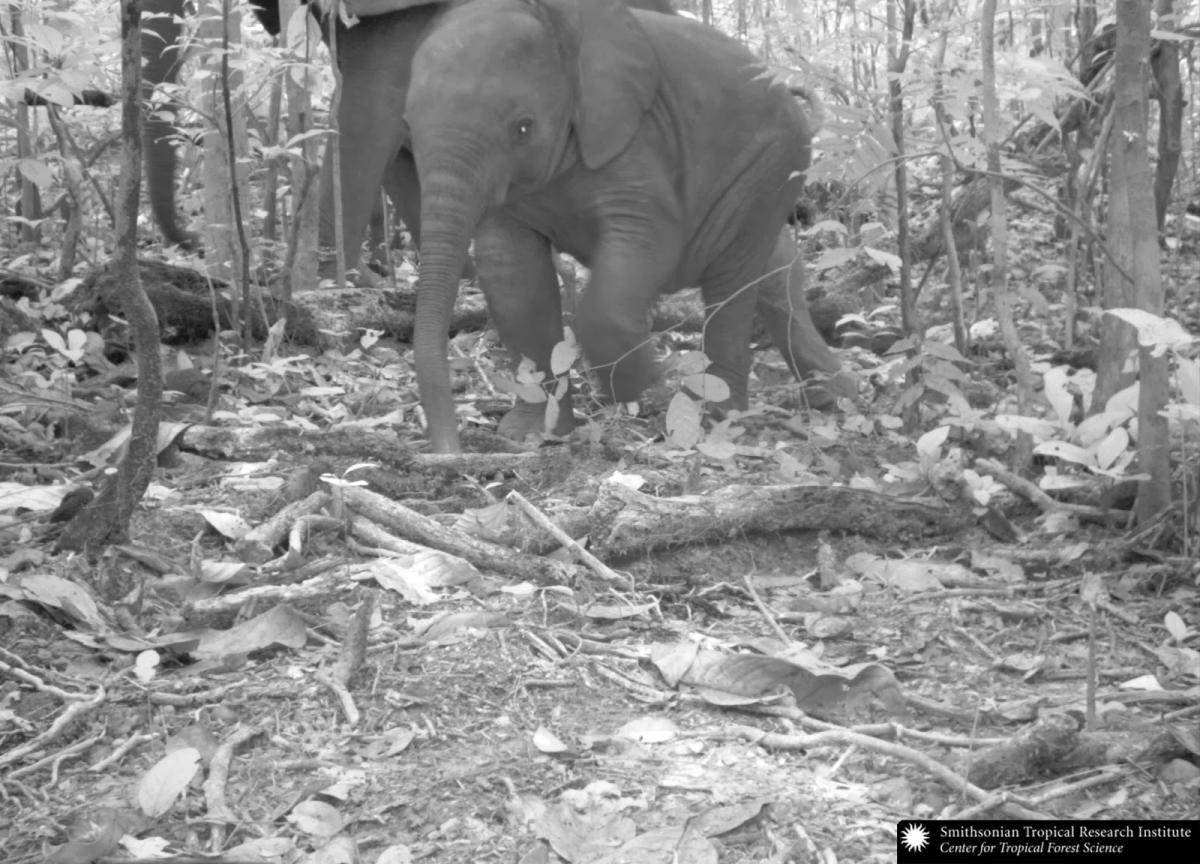Camera traps capture images of elusive forest life
 Camera traps are the latest research tool used by CTFS-ForestGEO researchers to monitor the growth and life of forests worldwide. Developed by Bart Kranstauber and Yorick Liefting, under supervision of Patrick Jansen of STRI and Roland Kays of the North Carolina Museum of Natural Sciences, camera traps are able to capture pictures of rare forest animals and birds in a non-invasive way.
Camera traps are the latest research tool used by CTFS-ForestGEO researchers to monitor the growth and life of forests worldwide. Developed by Bart Kranstauber and Yorick Liefting, under supervision of Patrick Jansen of STRI and Roland Kays of the North Carolina Museum of Natural Sciences, camera traps are able to capture pictures of rare forest animals and birds in a non-invasive way.
How does it work? Infrared cameras are secured to a random tree in the forest. When the camera detects a warm blooded animal is close, it begins to rapidly snap pictures. Those photos are then uploaded to a server. Photos that are taken close to each other are automatically grouped together as they likely have the same animal or group of animals in them. A user-friendly interface then allows researchers to process these groups and identify the animals in them. After the groups are processed, the data is available for use by researchers all over the world.
 This technology has brought a new beginning to the research of various animals in the worlds forests. The cameras work 24 hours a day. One camera can stay in the forest for 2-3 months, which rapidly increases the chance of capturing photos of the rarest species. These camera traps have even taken photos of the critically endangered Black Rhino. To see pictures of different species photographed around the world by camera trappings, visit Smithsonian Wild.
This technology has brought a new beginning to the research of various animals in the worlds forests. The cameras work 24 hours a day. One camera can stay in the forest for 2-3 months, which rapidly increases the chance of capturing photos of the rarest species. These camera traps have even taken photos of the critically endangered Black Rhino. To see pictures of different species photographed around the world by camera trappings, visit Smithsonian Wild.
Watch the YouTube video to see the cameras actually attached to trees in the forest.
To learn more about this innovative network, visit the Camera Trapping Database site.
